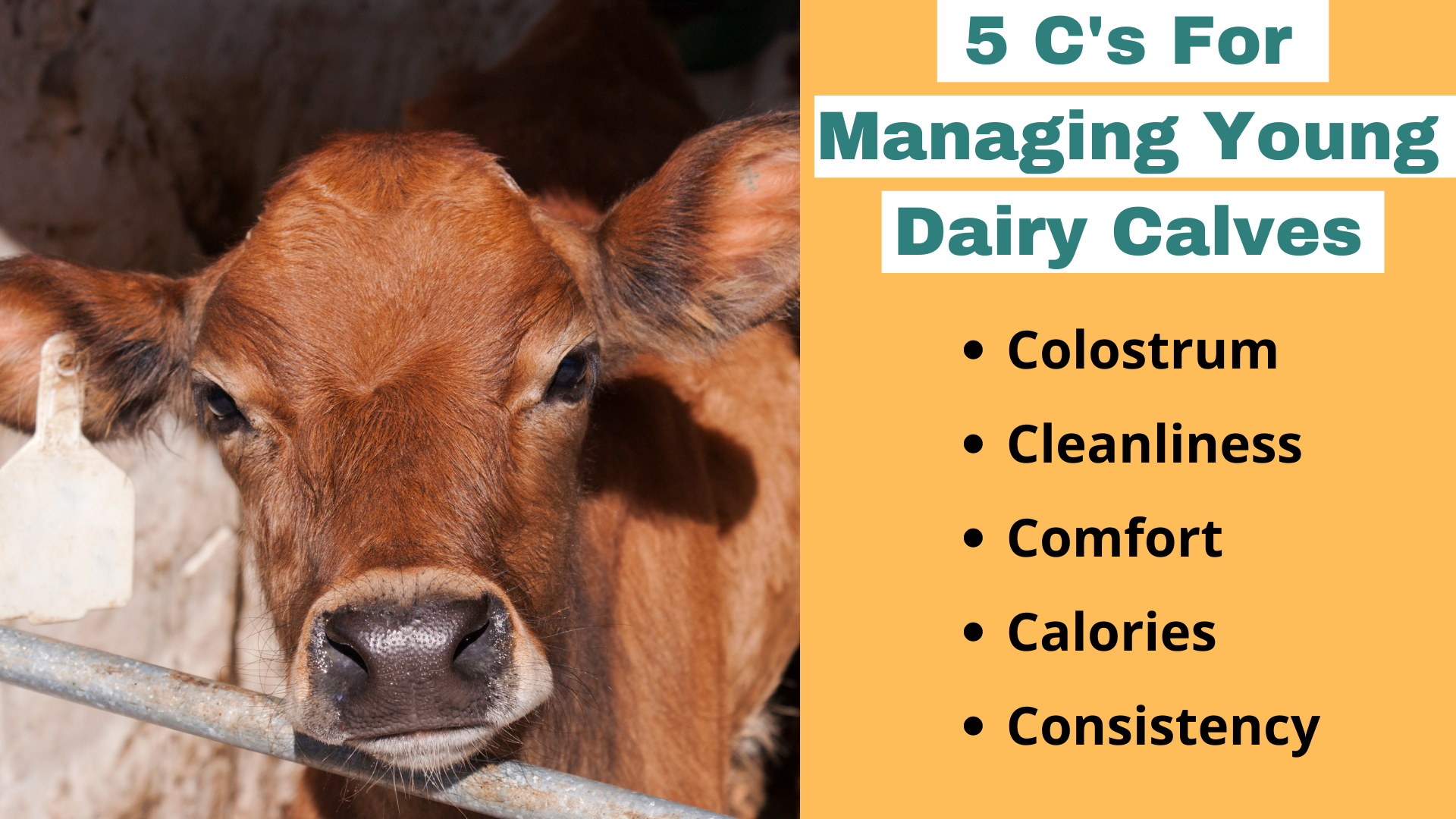Successful treatment protocols for diarrhoea and pneumonia depend on the early identification of sick newborn animals. These criteria can be used to trigger a treatment intervention:
- Early morning rectal temperature (taken at the same time every day for the first week of life or identified risk period) that exceeds 39.4°C for two successive mornings or is accompanied by slow, reduced, or no milk intake that feeding.
- Slow, reduced, or no milk/milk replacer intake.
- Watery and/or bloody diarrhoea.
- Cough, nasal discharge, or laboured breathing.
- Head tilt, umbilical or joint swelling.
- Weakness, inability or reluctance to rise.
- Lameness.
Supportive care is more valuable than antibiotics. Sick newborn animals must be able to stay clean and dry. Keep it in its own housing area but put fresh bedding down. Administration of warmed fluids is an effective way to raise body temperature. Make sure fresh water is available at least twice daily. Offer milk/milk replacer at the usual dilution and temperature, but reduce volume (to 1 litre, for example) and feed more frequently (4 times/day, if needed). What liquid feed isn’t consumed, administer by an oesophageal feeder that has been cleaned, disinfected, and rinsed between newborn animals.
Oral fluids are an effective way to correct dehydration provided that the newborn animal is strong enough to stand and has no abdominal distension. Non-steroidal anti-inflammatory drugs like aspirin, Banamine, or ketoprofen can keep newborn animals eating. Supplementation with probiotics may help restore the intestinal environment, especially after antibiotic use. Use antibiotics when they are known to be effective for the problem that is identified. Antibiotic selection should be based on the culture of the bacterial organism from the premises or during the outbreak. The veterinarian should advise you on the route, dose, and duration of therapy. Responsible use of antibiotics is a must!
In conclusion, the five C’s provide an effective formula for managing the young dairy new-born animal:

While the agents that cause disease are always there and can be extremely important in a disease outbreak, comfortable, clean calves with good colostrum management, consistent feeding and management practices, and plenty of calories in the diet can be disease-free even if they become infected.
Click here to view a video that explains identifying sick livestock with dr. Lisa Lunn.